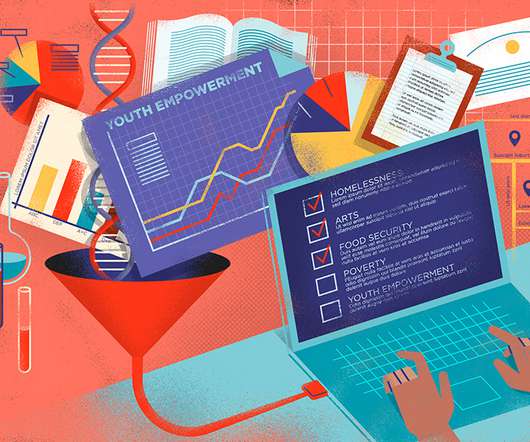What Bagels Taught Me About Leadership
NonProfit Leadership Alliance
NOVEMBER 28, 2023
Clearly, what I expected to happen—bring food and people will come and eat it—was not what happened in this organization. I called one of the Associate Executive Directors. I started to grow concerned. A woman I sort of knew prior to starting my job. I asked, somewhat panicky, “Do people not like bagels? Should I have gotten donuts?















Let's personalize your content